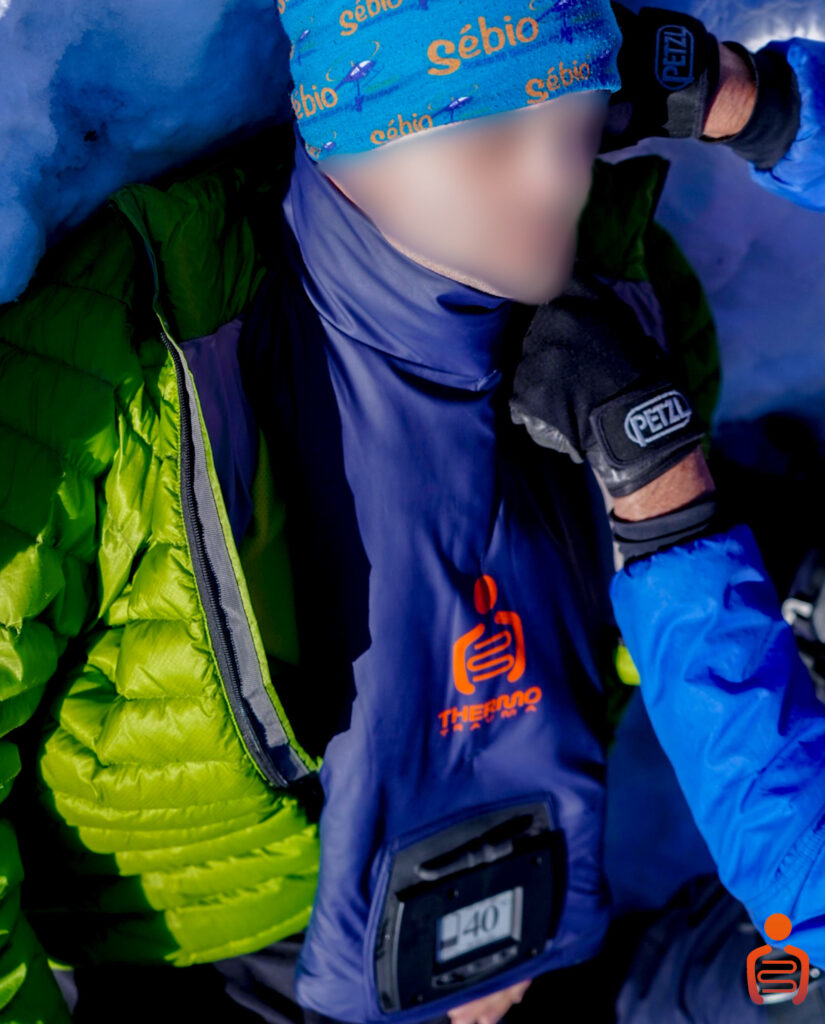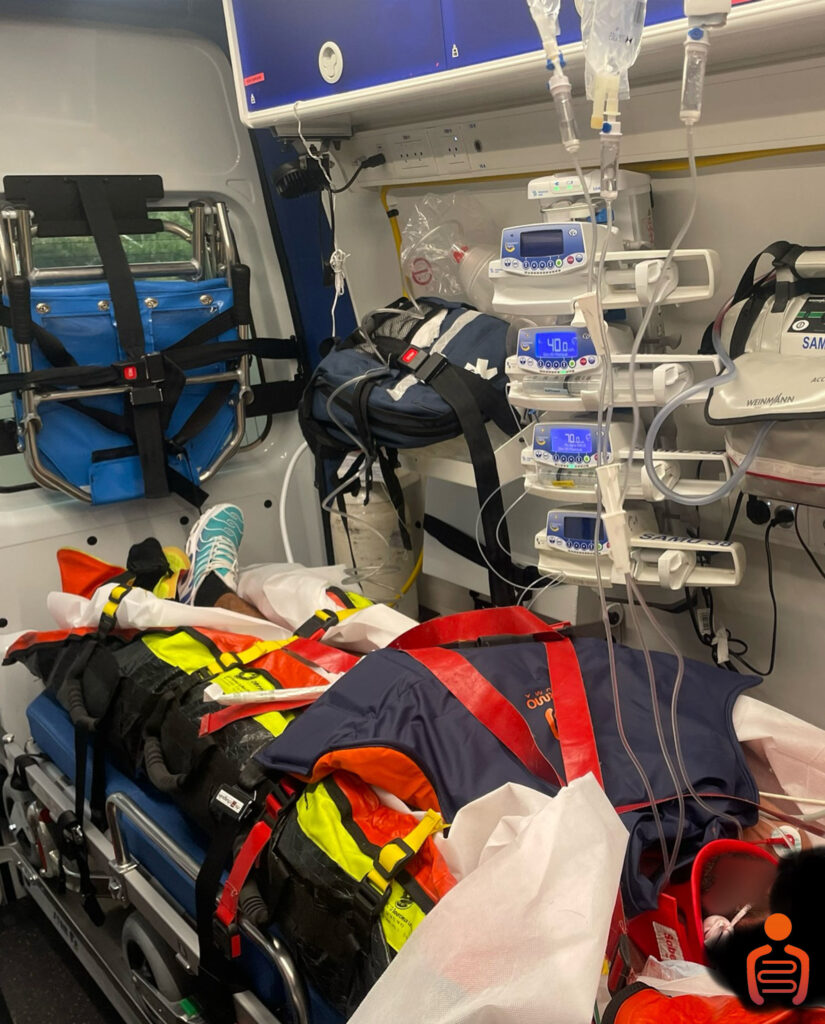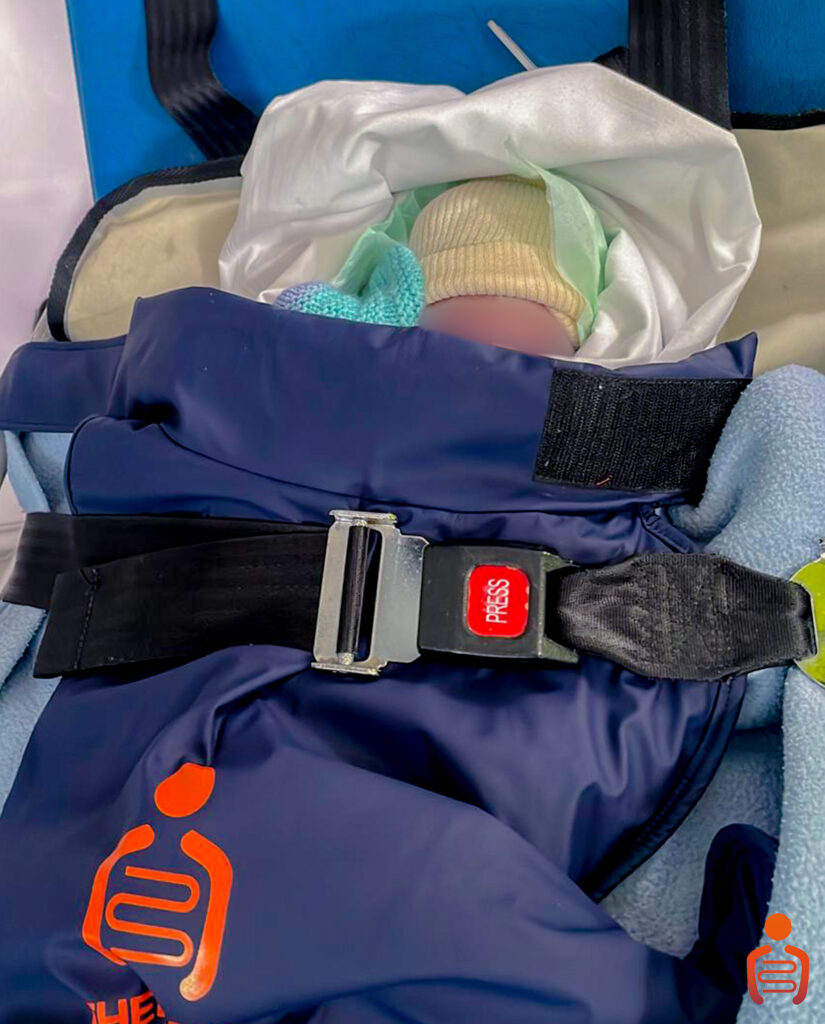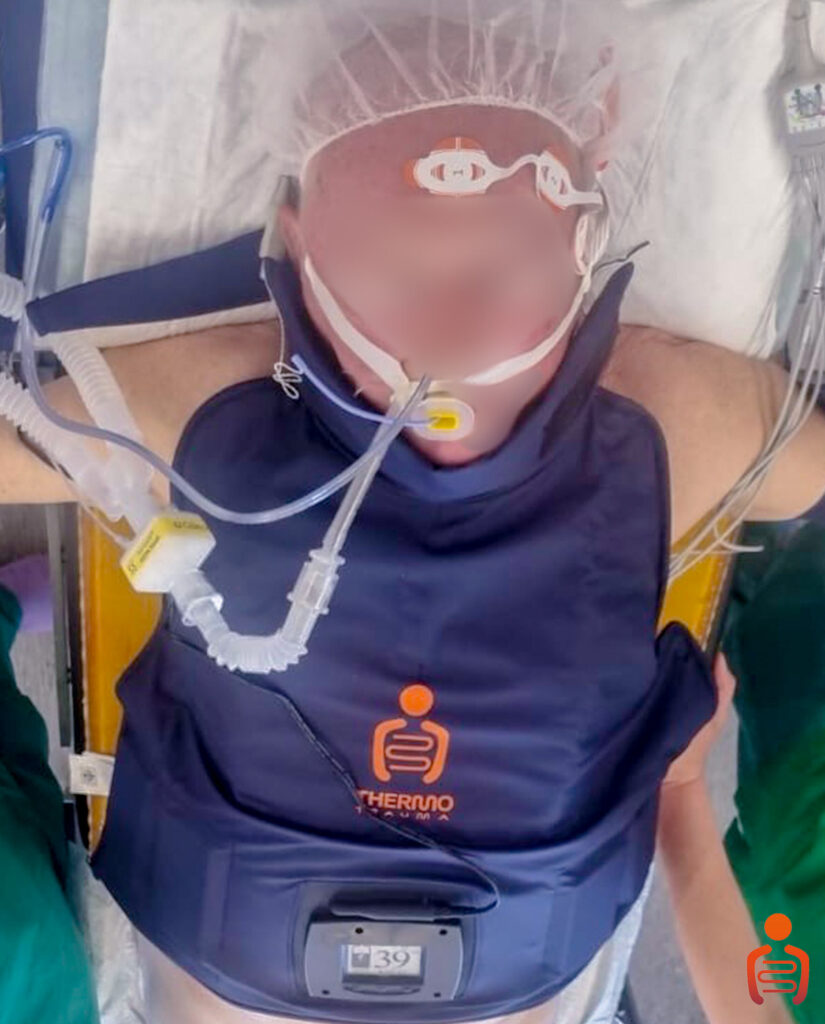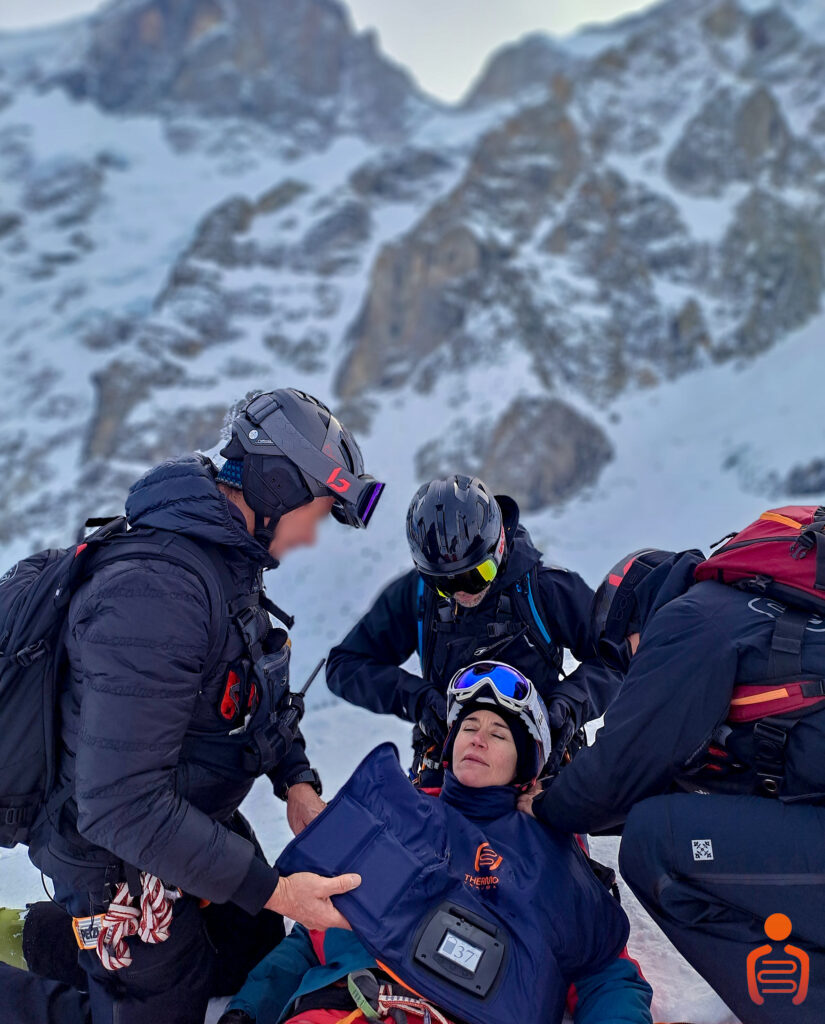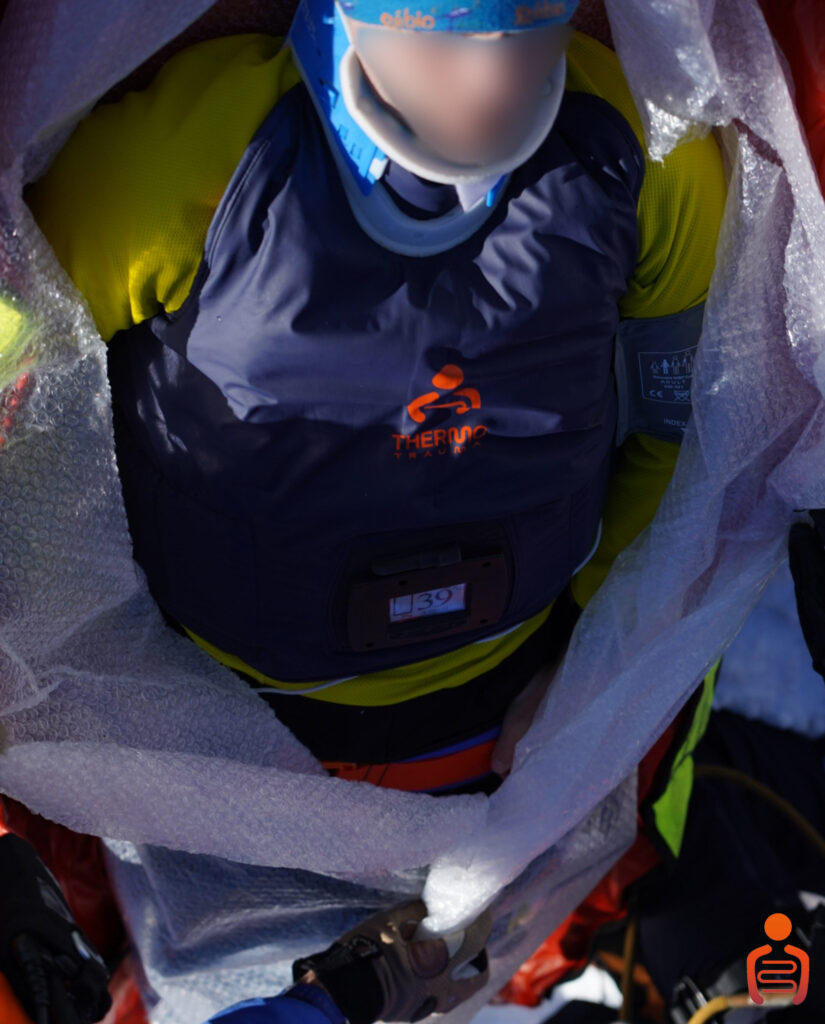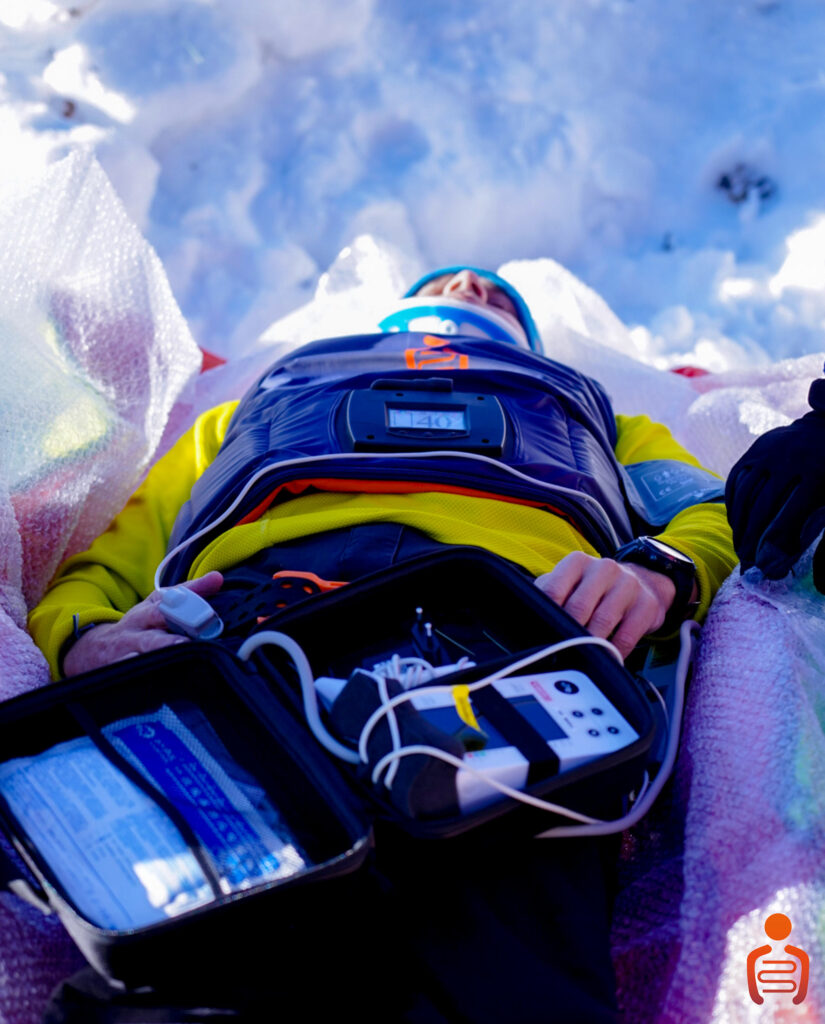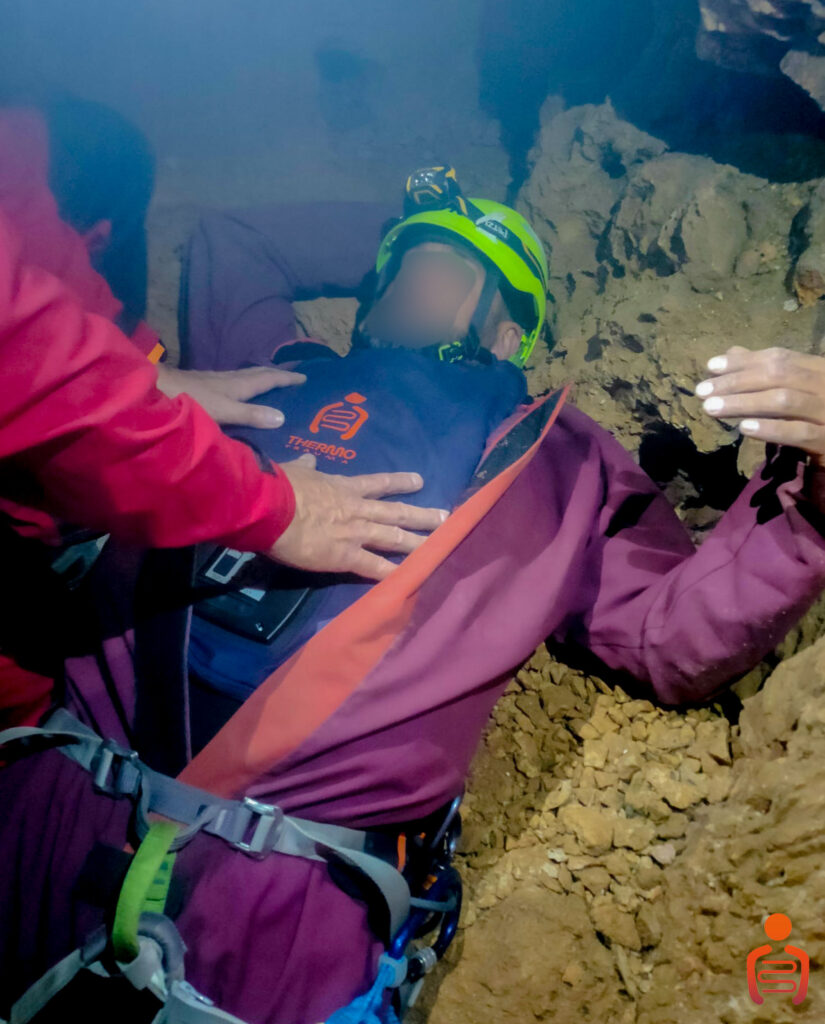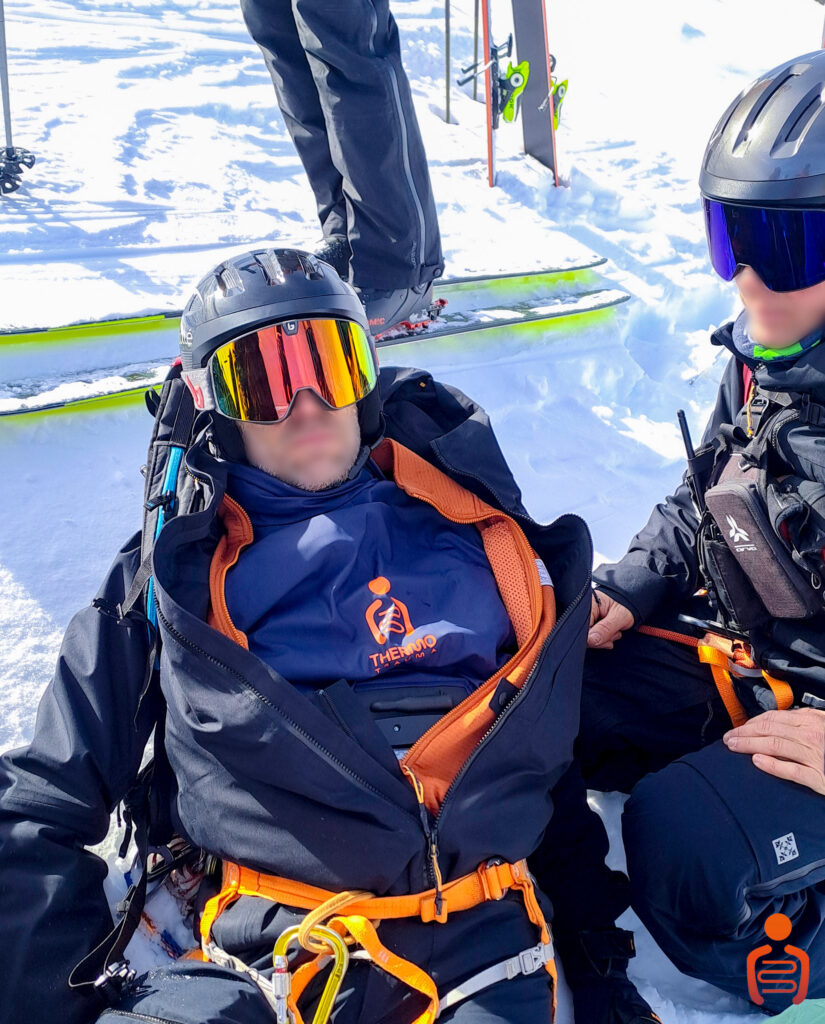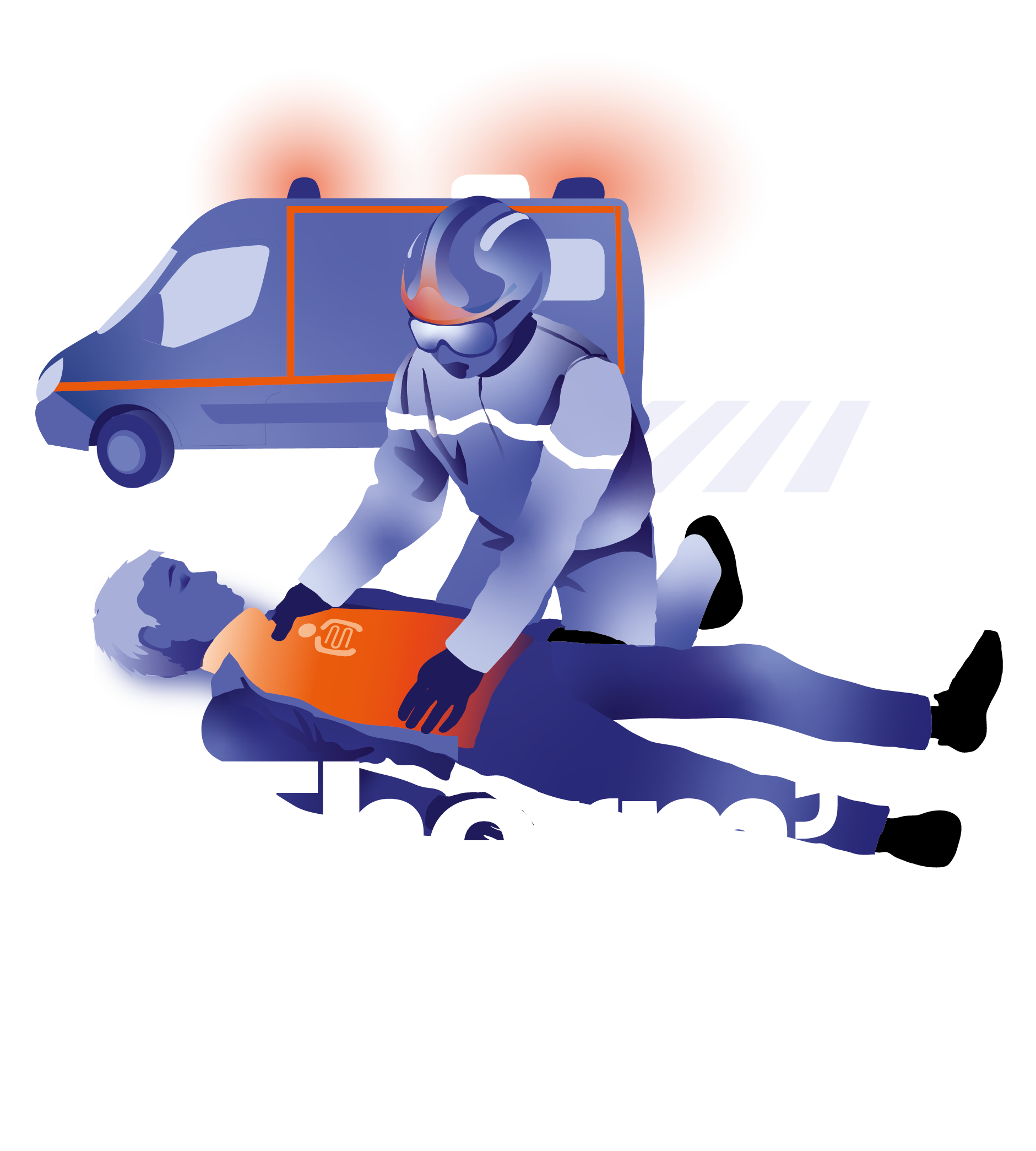
A French Innovation to fight Accidental Hypothermia.
Heat For Life
15% TO 50% OF SEVERELY INJURED PATIENTS ARRIVE AT THE HOSPITAL IN A STATE OF HYPOTHERMIA.
→ INCREASED MORTALITY ①Bibliographie à la fin des slides
Below 34°C, the mortality rate rises to 50%.
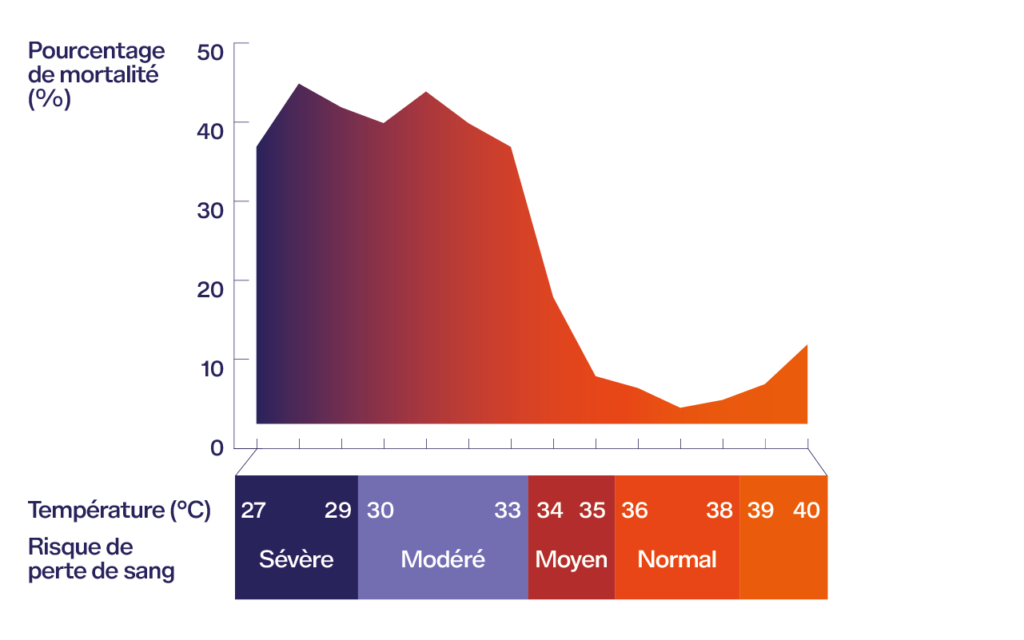
→ SERIOUS CONSEQUENCES ①Bibliographie à la fin des slides
- Decreased myocardial contractility and arhythmias
- Worsened hemorrhage
(2.5 times more severe when body temperature falls below 34°C) - Higher rates of pneumopathy in trauma patients
- Increased need for blood transfusions
- Elevated infection rates
- Longer ICU and hospital stays
→ HYPOTHERMIA KILLS ①Bibliographie à la fin des slides

① Source :
World J Surg 2020 – The Impact of Accidental Hypothermia on Mortality in Trauma Patients Overall and Patients with Traumatic Brain Injury Specifically: A Systematic Review and Meta-Analysis – David Rösli et al
NO NEED TO WAIT FOR THE HOSPITAL TO BEGIN ACTIVE WARMING.
In cases of severe trauma, the patient’s survival depends directly on how effective prehospital warming methods are. Emergency blankets merely act as passive insulators and are not sufficient to address this critical issue.
Therm’Up revolutionizes the prevention of accidental hypothermia with an electrically heated solution powered by integrated rechargeable batteries.
It provides first responders with a compact, lightweight, reusable, and easy-to-use device that enables early active warming at the scene of the accident, while offering thermal comfort that helps reduce stress and pain.
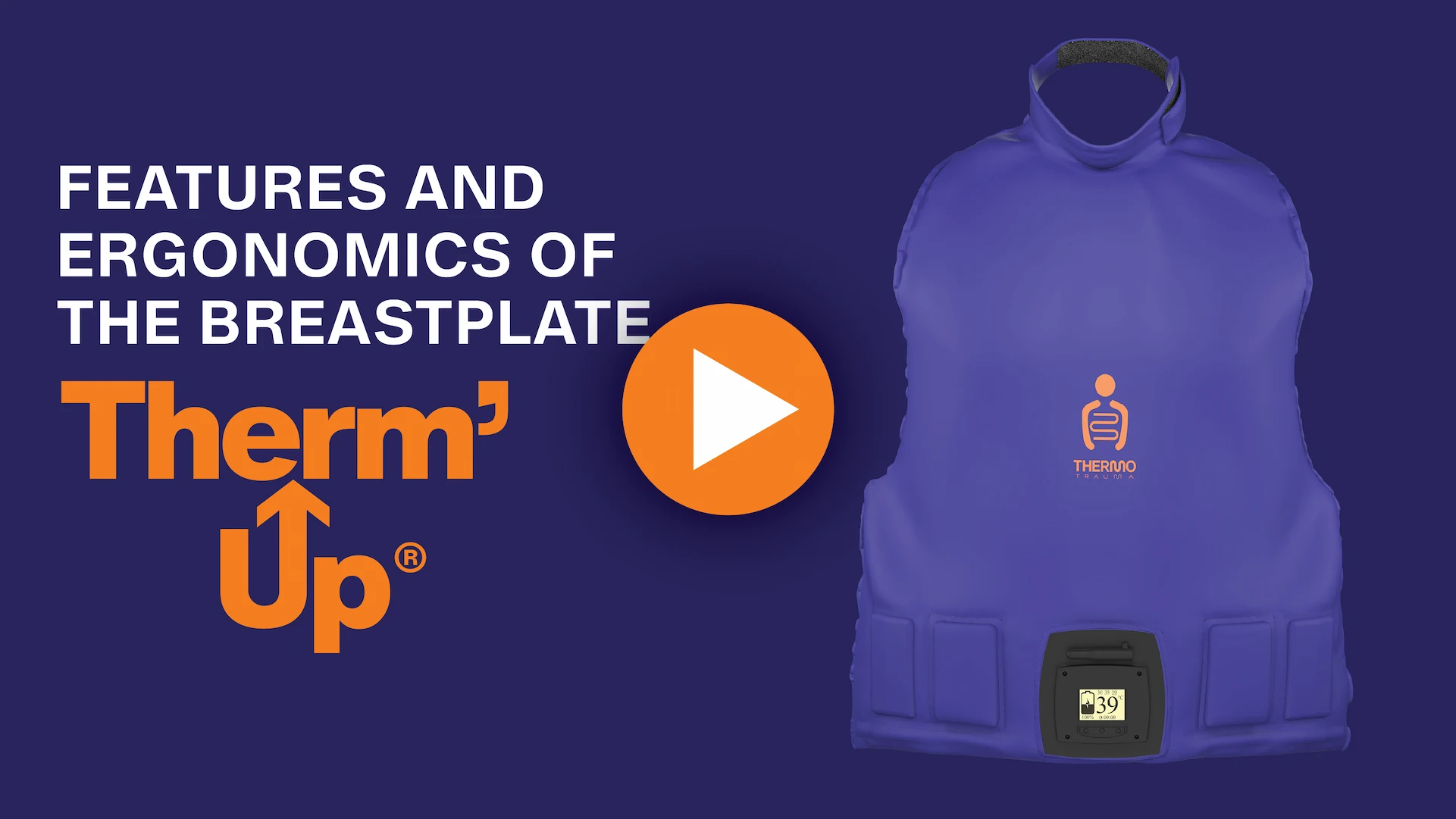
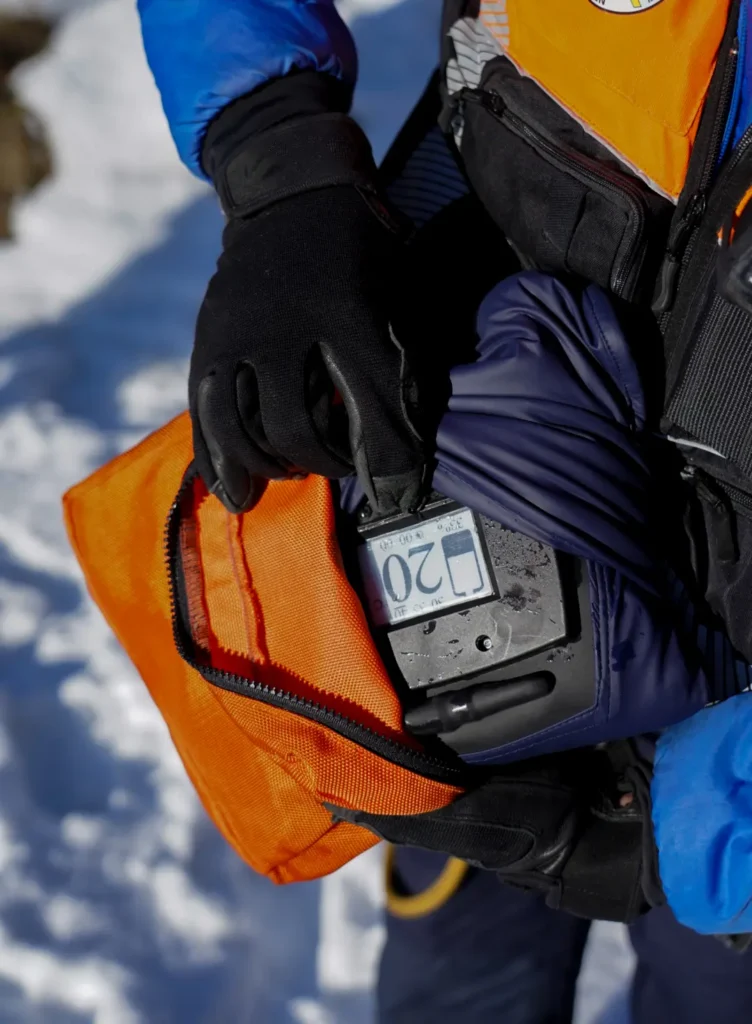
SIZE DOESN’T MATTER.
Compact, lightweight, and waterproof,
it safely concentrates heat on vital organs.
A SIMPLE LIFE-SAVING ACTION,
Activates in seconds, without moving the patient or interfering with emergency procedures.
FIGHT HYPOTHERMIA IN ANY SITUATION
At sea,
on the road,
in the mountains,
or in the hospital,
Therm’Up adapts to all emergency scenarios.
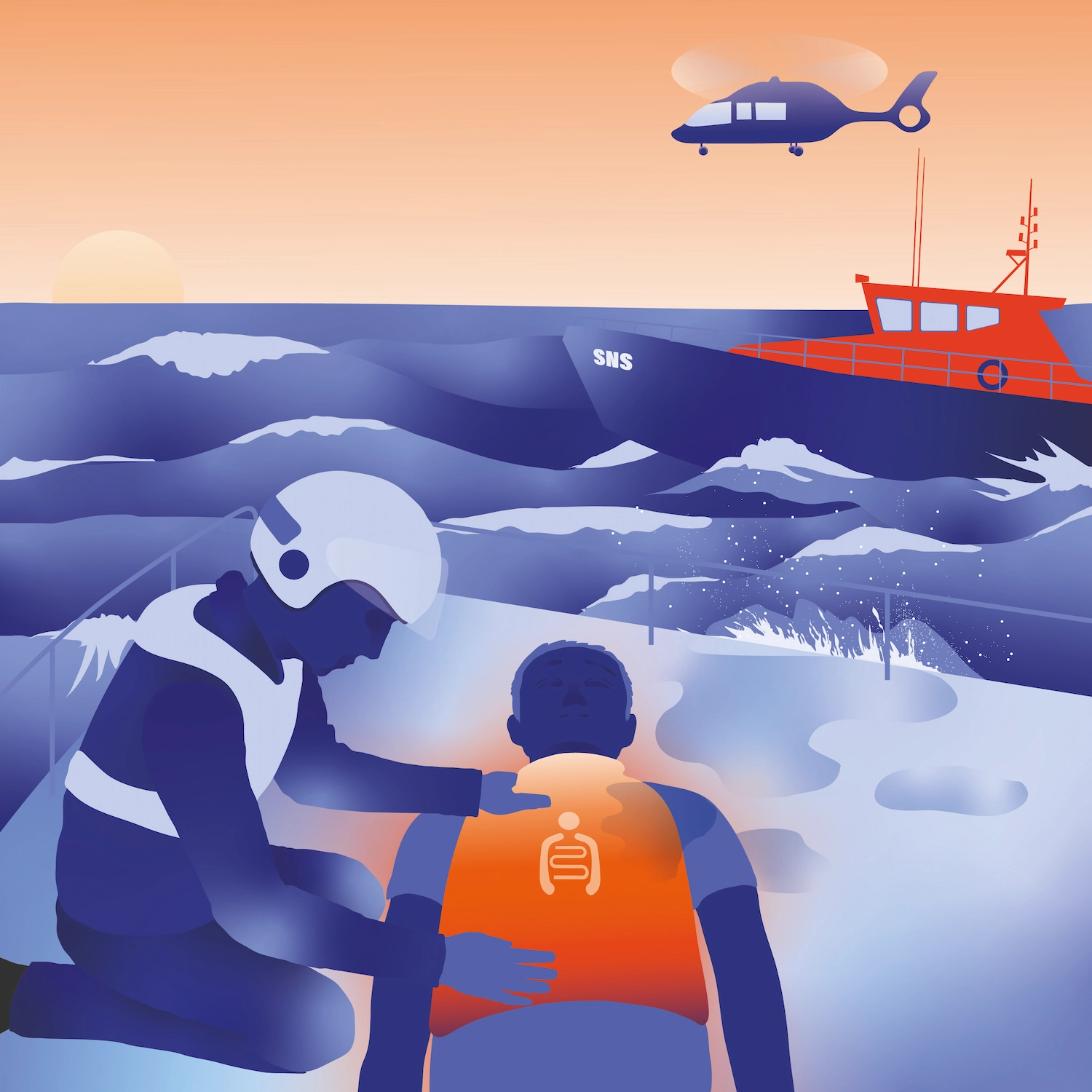
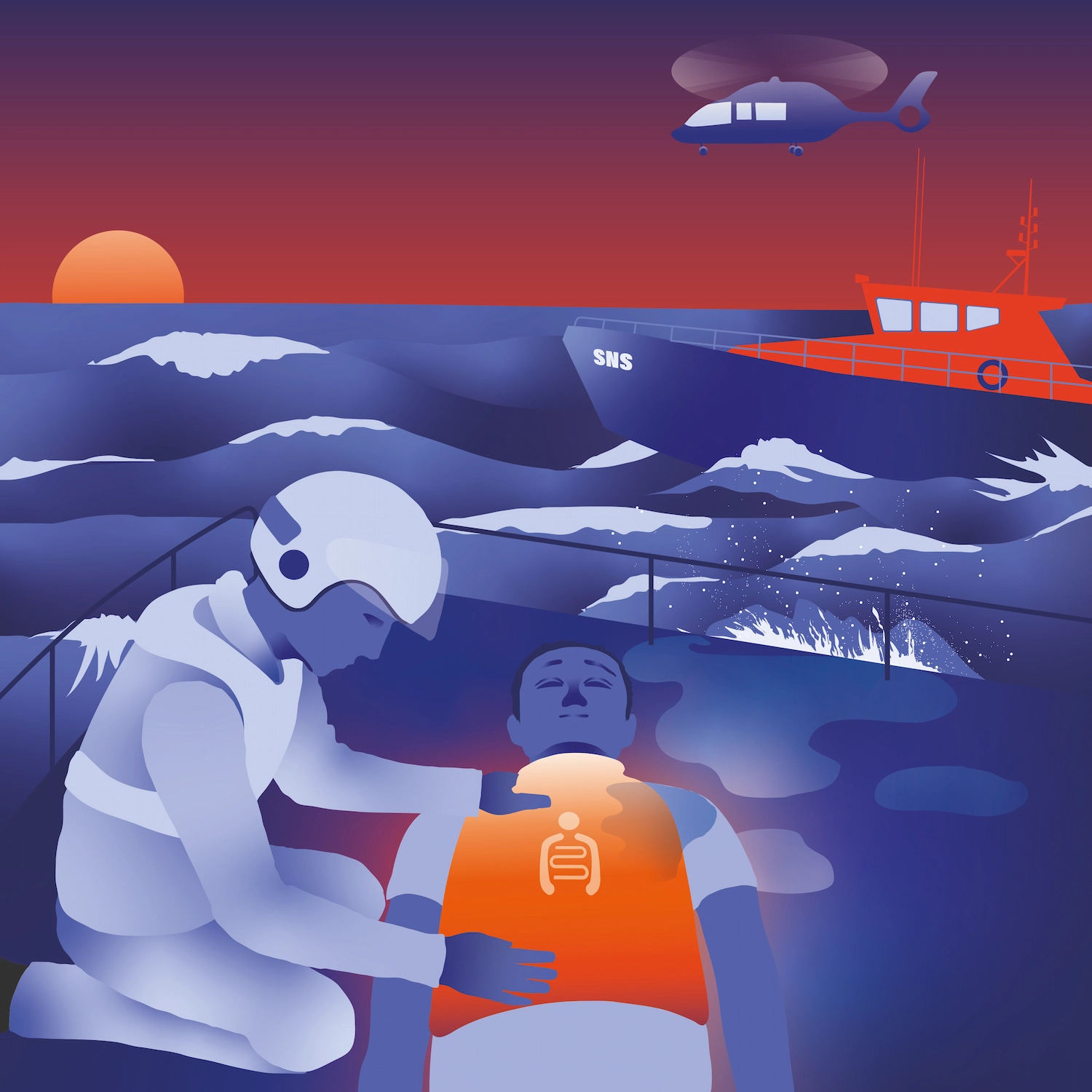
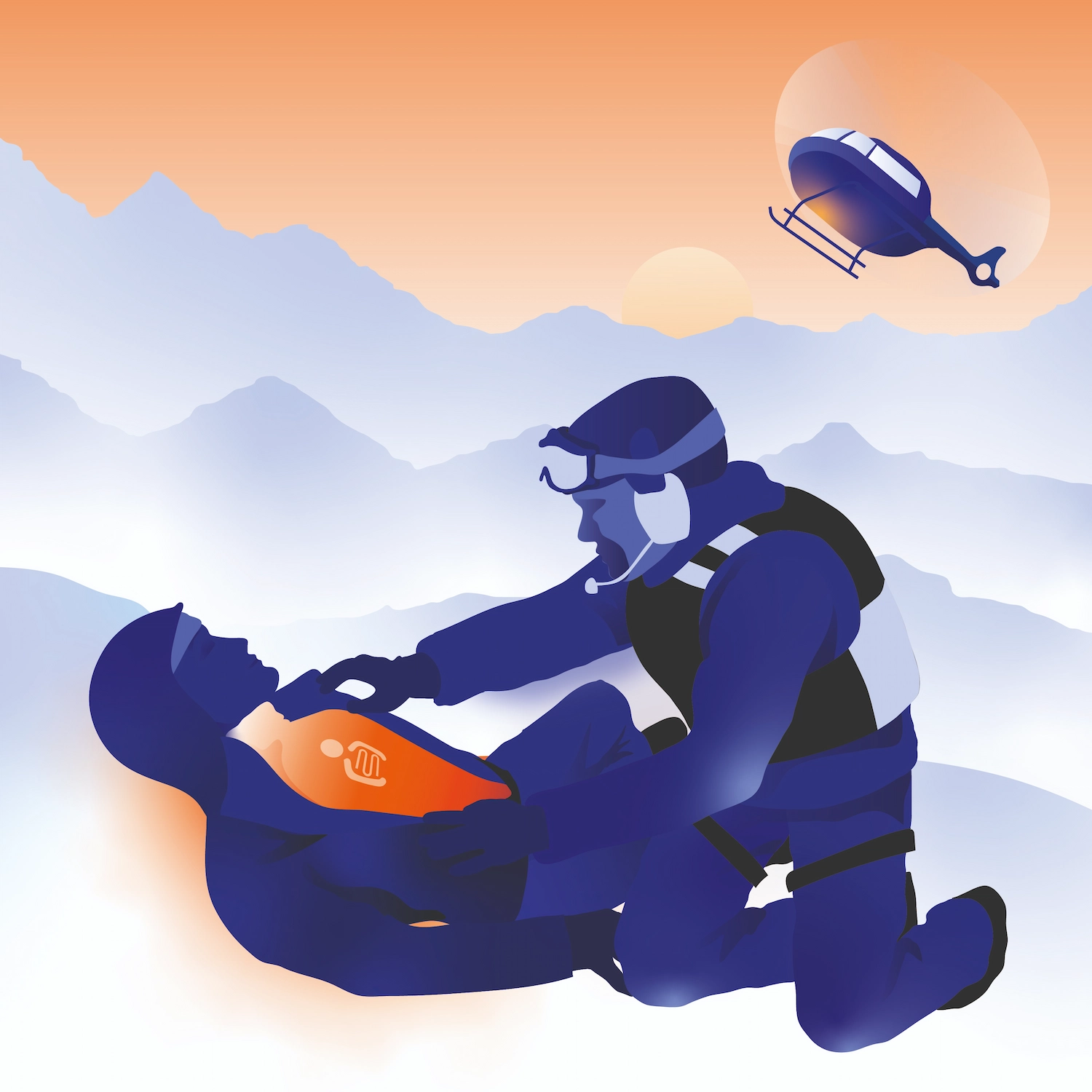
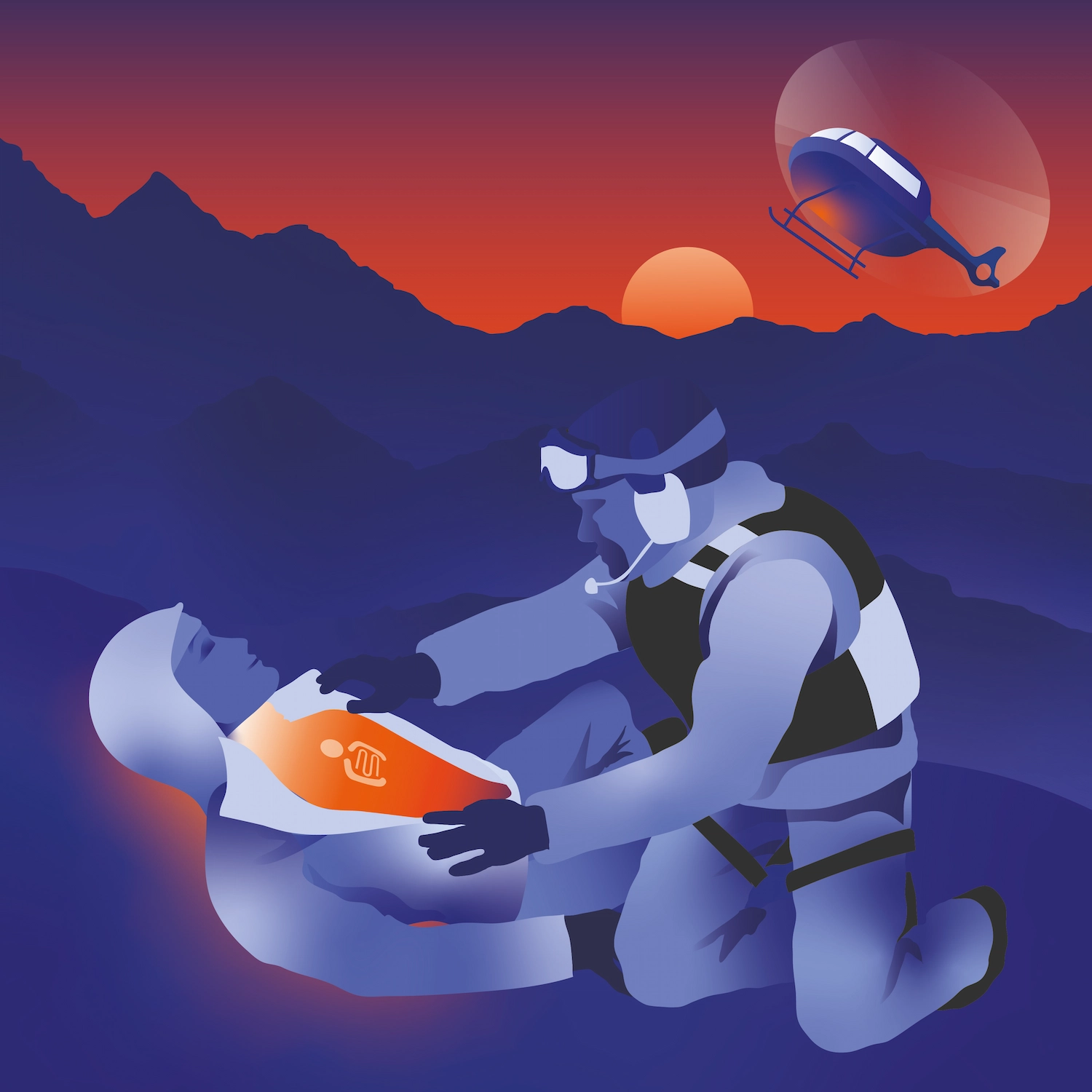
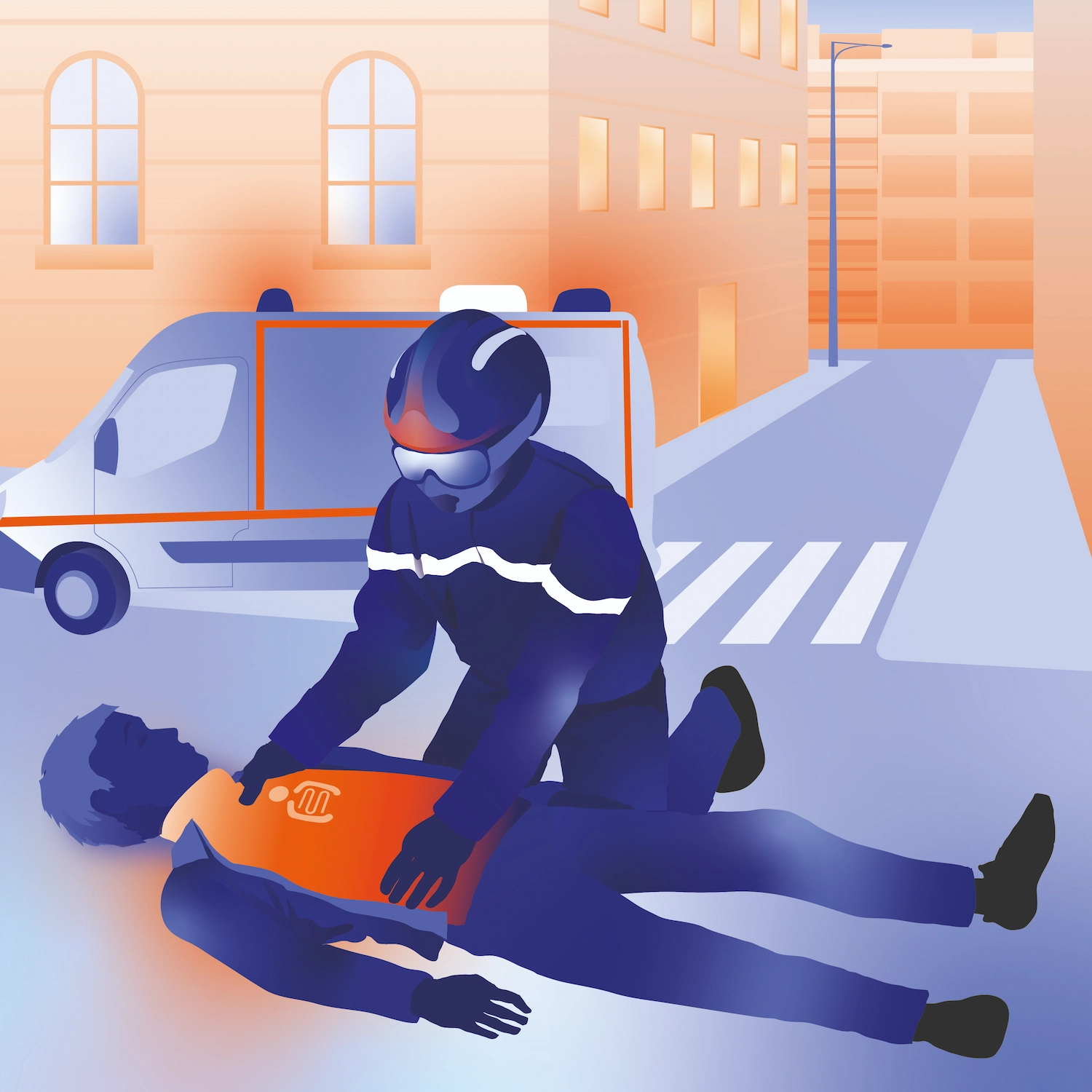
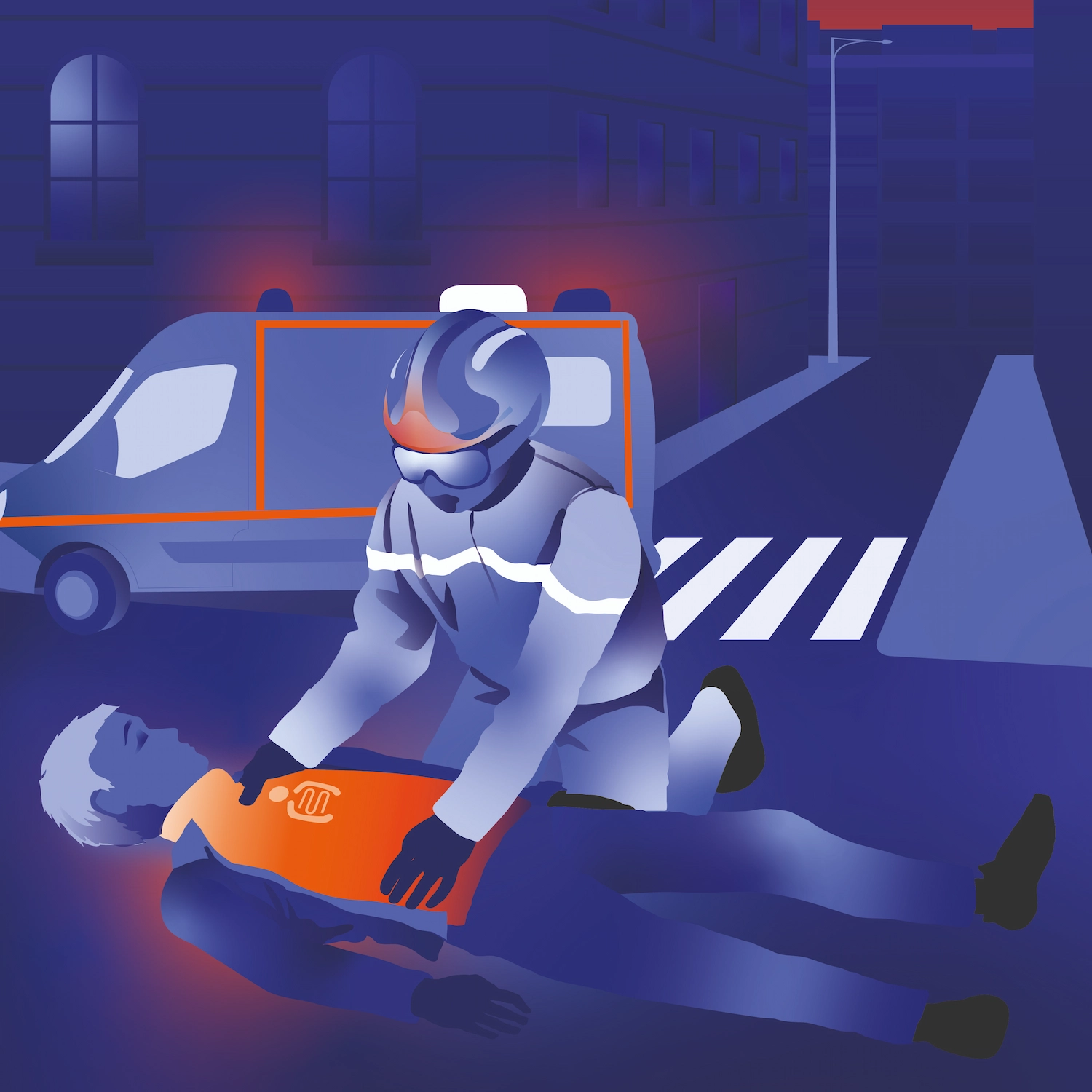
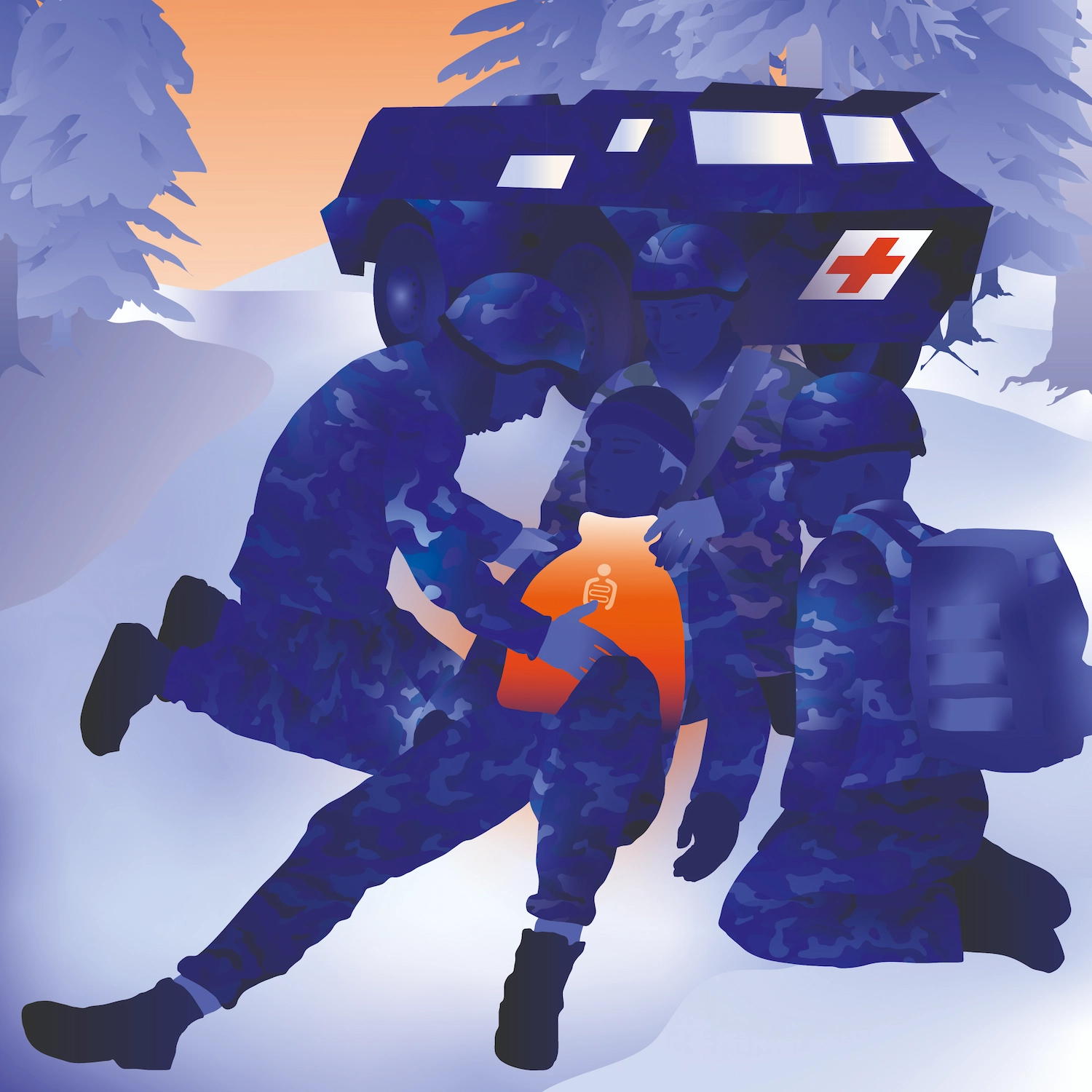
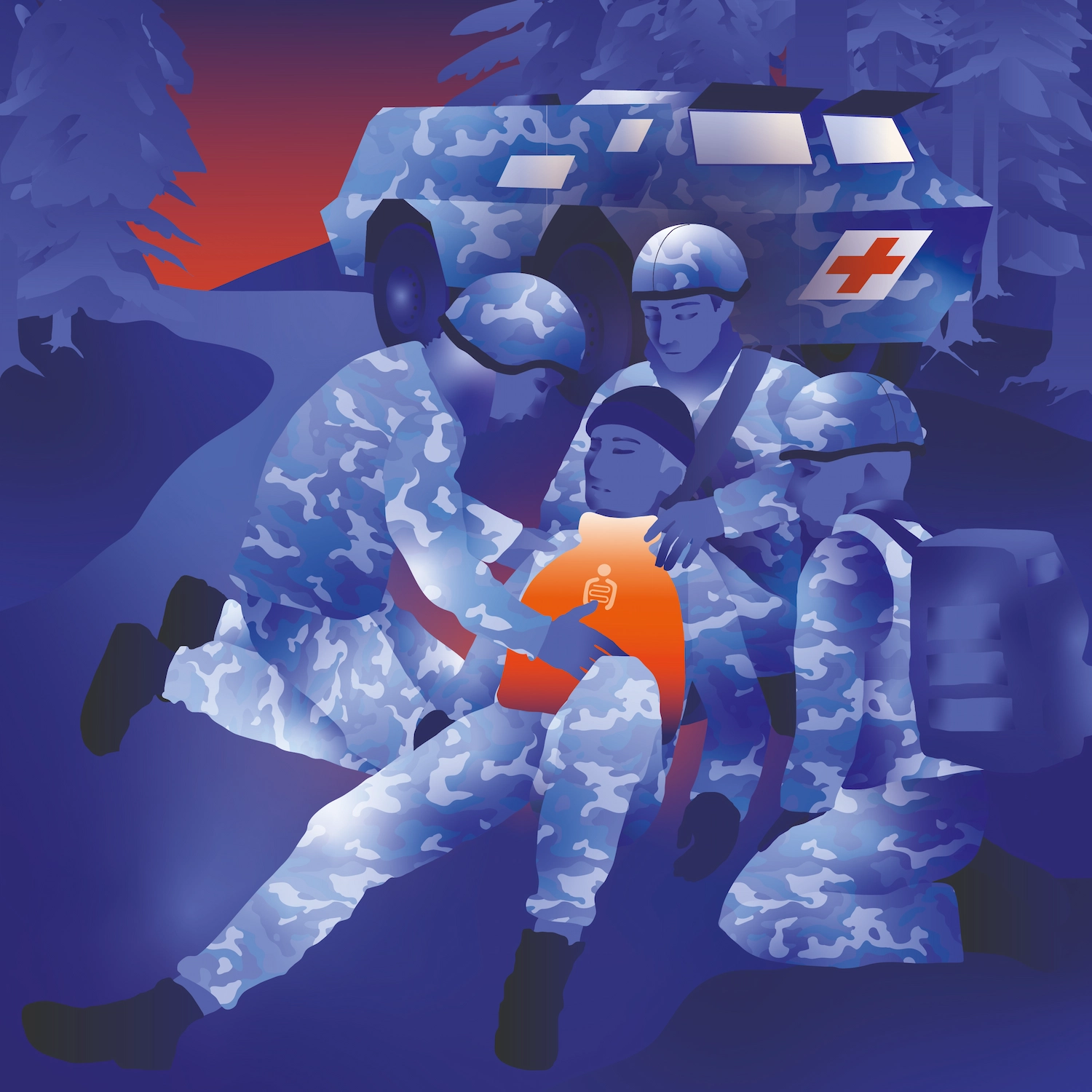
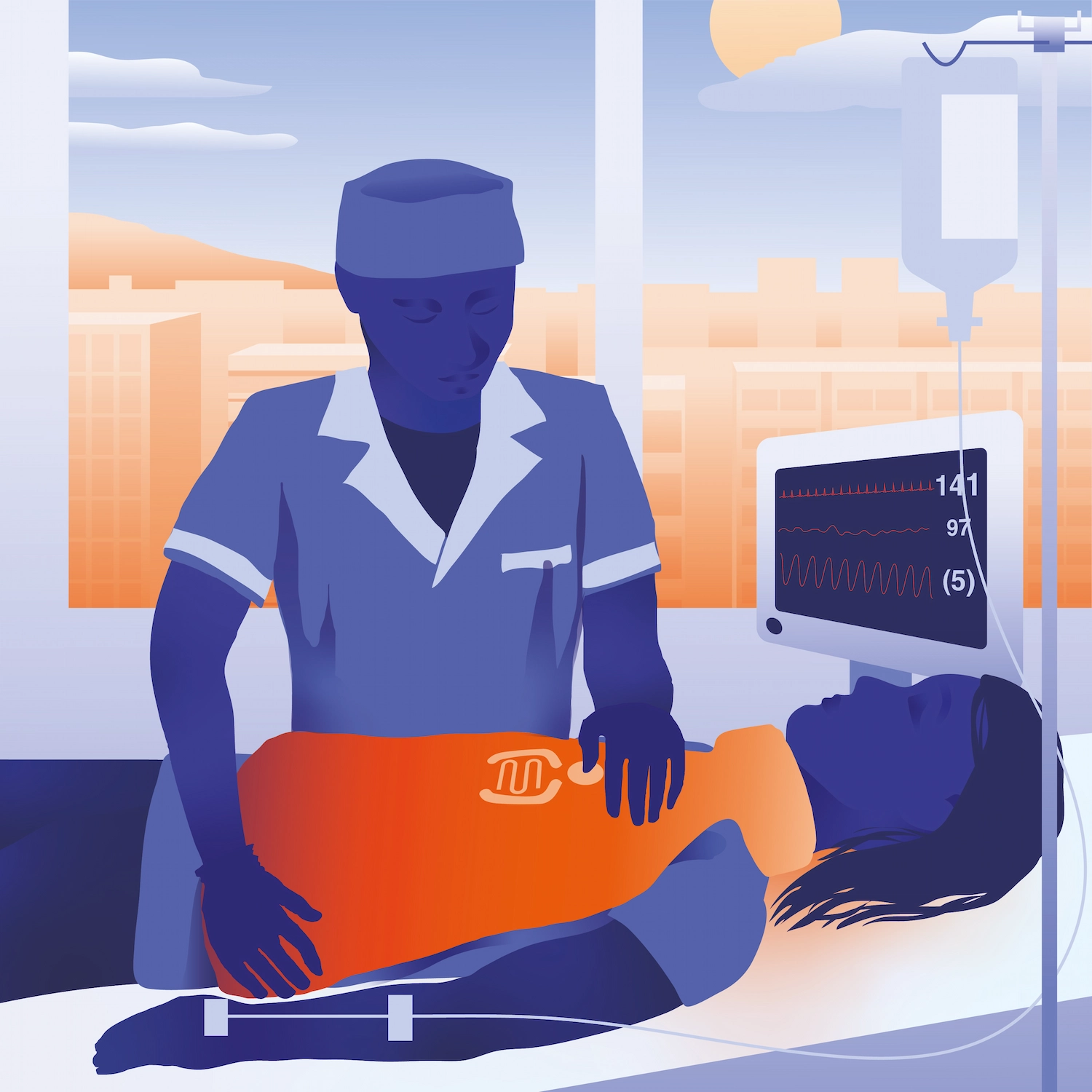
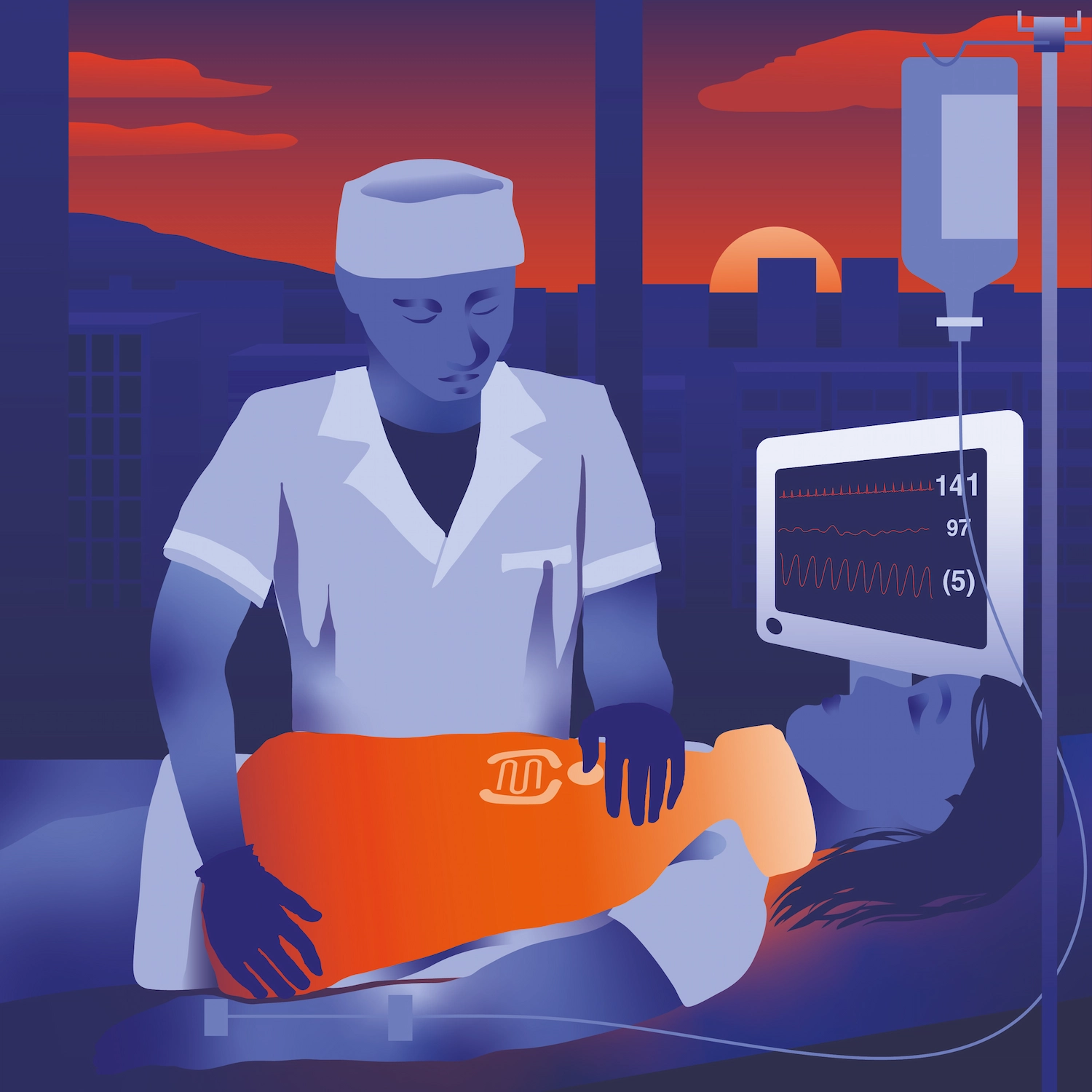
The Heat Chain
Because every calorie counts,
we provide warmth as close to the body as possible,
from the site of injury
all the way to the operating room — with no interruption.

Awards & Recognitions
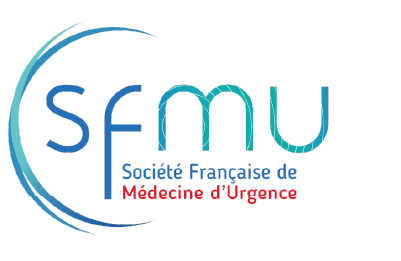
1st Prize in the Innovation Competition
2023
SFMU Congress (French Society for Emergency Medicine)
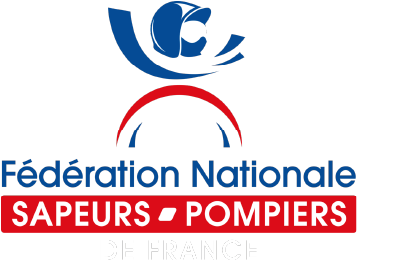
Innovation Award 2023
2023
At the National Congress of French Firefighters (Congrès National des Sapeurs-Pompiers de France)

Innovation for Our Health
2024
Awarded by Crédit Agricole Alpes Provence and French Tech Toulouse

The Great Exhibition of Made in France
2024
Thermotrauma selected for “La Grande Exposition du Made in France” at the Élysée Palace
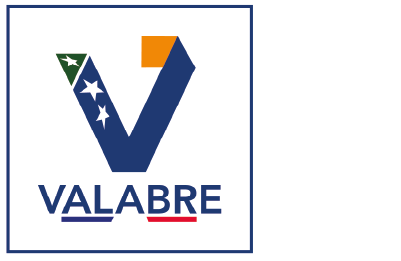
Second Prize for Innovation Awarded by the National Training Center for Rescue in Mountain and High-Risk Environments (CNF-SMPM),
2024
On the occasion of the Center’s 40th anniversary in Florac-Trois-Rivières.
Contact & Quotation
Partenaire
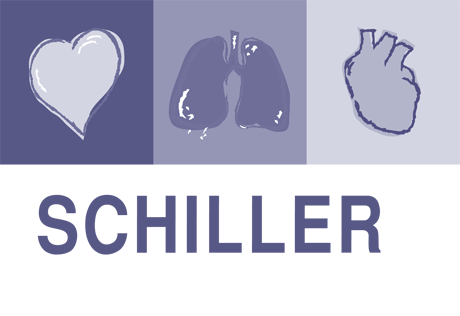
RESPONDING TO HYPOTHERMIA


WHY ?
- Prevent accidental hypothermia and reduce mortality.
- Reassure and relieve the patient.
- Improve thermal comfort during care.
WHAT ?
- Multilayer heated textile concentrating warmth on vital organs and cervical vessels.
- Powered by lithium batteries.
- Electronic regulation for patient safety.
- Waterproof and bacteriostatic.
- Durable and easy to clean.
FOR WHOM ?
IN PREHOSPITAL SETTINGS :
- All hypothermic or at-risk patients.
- Severely injured trauma patients.
- Patients requiring sedation or analgesia.
- Individuals exposed to cold.
- Inter-hospital transfers.
IN HOSPITALS :
- Emergency departments.
- Trauma centers.
- Operating rooms.
HOW ?
Once activated, the breastplate is placed on the anterior thorax, as close to the body as possible.
It is secured around the neck with a Velcro strap.
When activated the heating system starts at 39°C and lasts 4 to 6 hours, depending on the environment.
Temperature can be manually adjusted to 35°C or 30°C.
After use, the breastplate should be disinfected and recharged before being stored in its bag.
BY WHOM ?
First responders, doctors, nurses, firefighters, paramedics, military medical corps —
anywhere in the world.
Heat For Life

